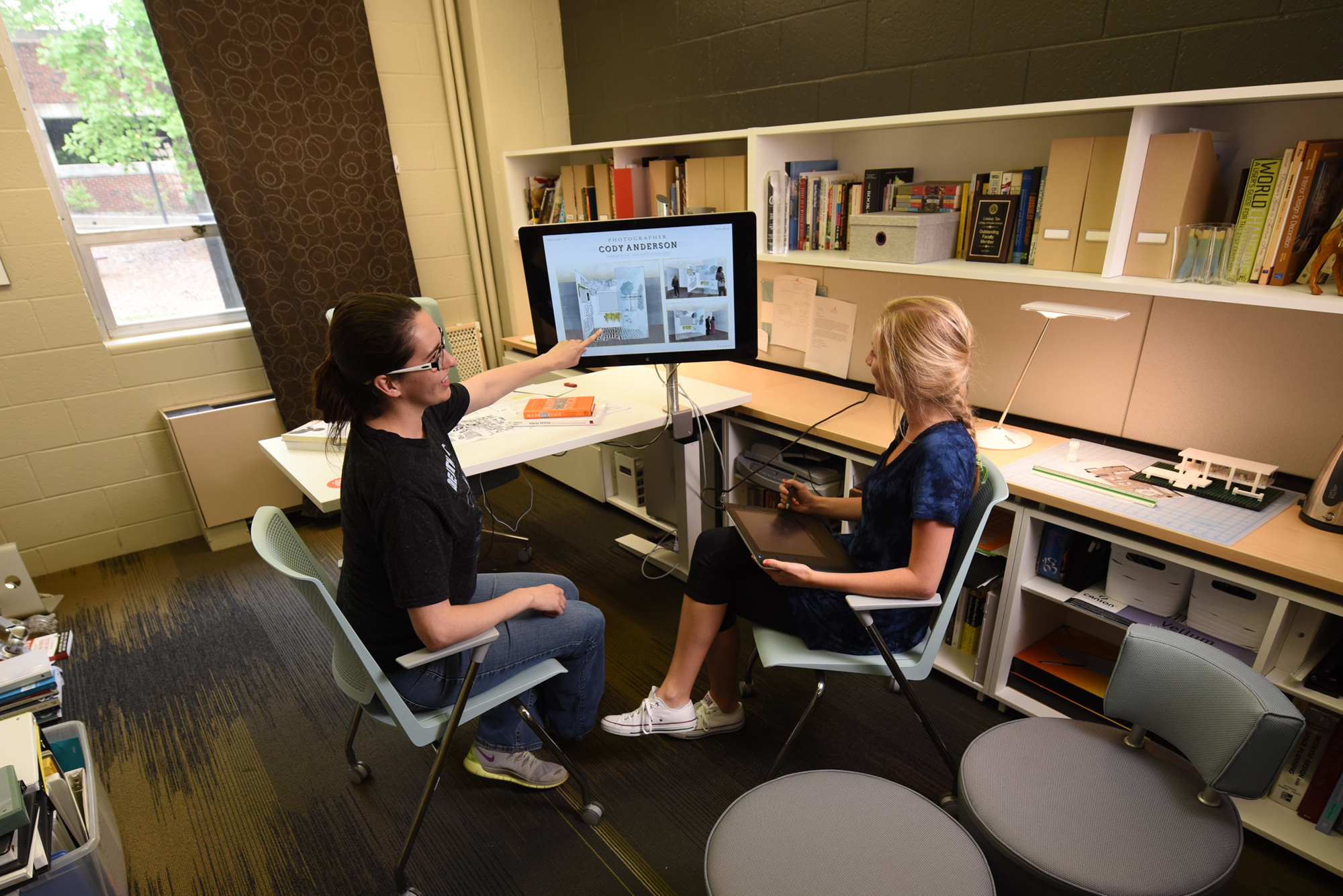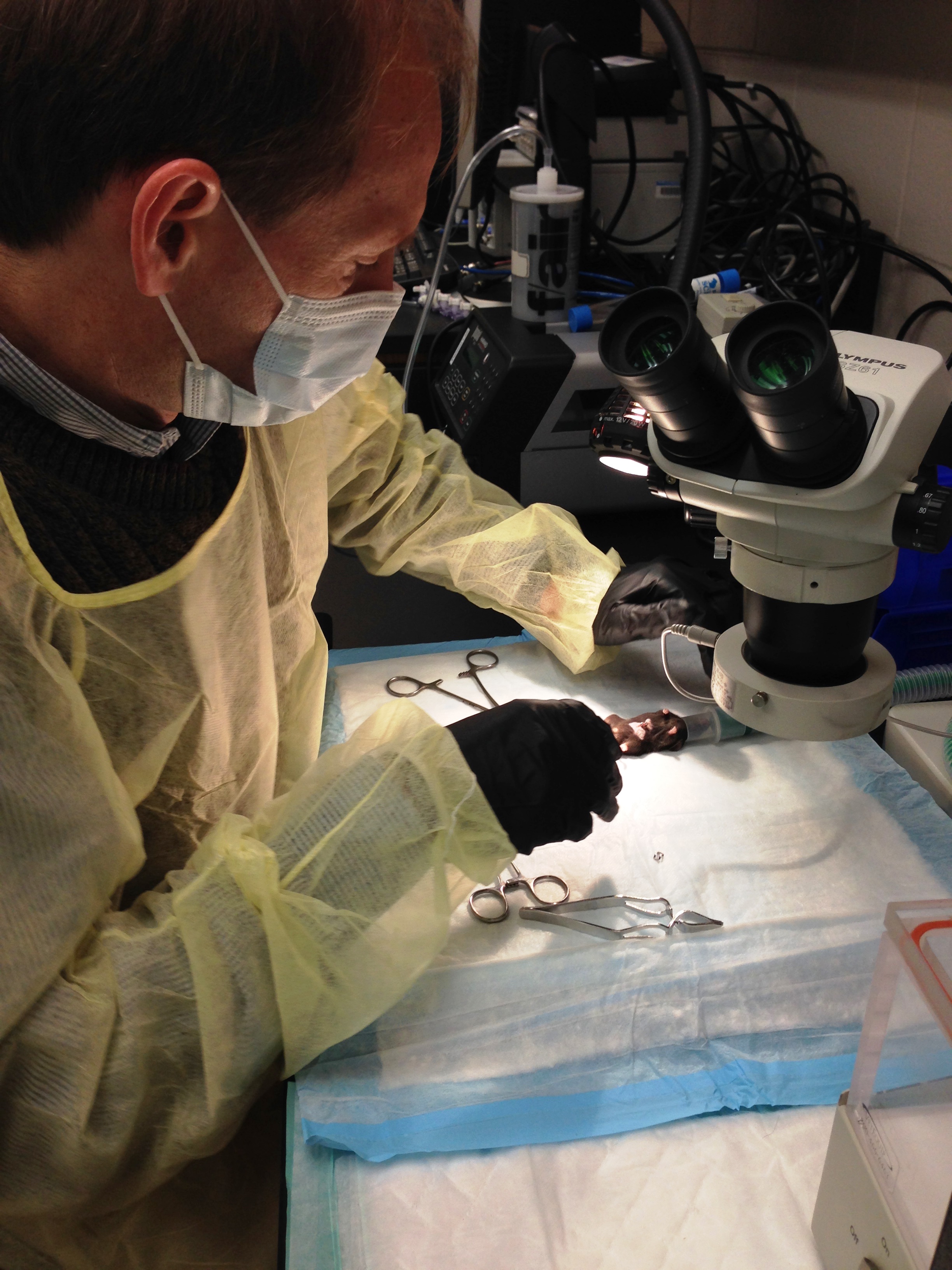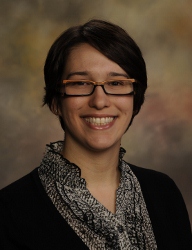CHS Research Spotlight
I work in environmental symbology, which is the study of the symbolic significance of human-created spaces. Simply put, I explore what things mean to people and how they are connected to one other. My professional design work includes hospitality, healthcare, residential and corporate interiors, digital and print media, interface and interaction, exhibits, visual merchandising, and production for stage and film. This broad background enables me to understand the many ways people shape the world around us through design, and how that designed world shapes us.
In particular, I focus on problematic disconnects within and between human-computer and human-environment interactions. My expertise has contributed to forward-leaning projects on design-related technologies from Adobe, Android, Apple, Layar, Samsung, and Wacom. Most recently, my colleagues and I have been working with digital drawing tools to find out what makes them more - or less - easy to use and whether they are better - or worse - than traditional pencil and paper. As an environmental symbologist, this means I explore people's relationships with these traditional and digital tools, develop hypotheses, test and refine my ideas, and then develop models to explain what's going on and how to make it better.
Listen to a brief interview with Lindsay Tan (2:26)

The public health consequences of the obesity epidemic in the United States and Alabama in particular are truly staggering: increased risk of developing cardiovascular disease, certain forms of cancer, advanced liver disease, and type 2 diabetes. In response to this public health concern, the Greene Laboratory at Auburn University is researching:
- the link between obesity and the progression of fatty liver disease by focusing on the role of sugary drinks in the development of obesity and fatty liver disease progression and
- the link between obesity and certain forms of cancer by seeking to develop and use novel animal and in vitro models of obesity and colon cancer which will: 1) shed light on the mechanism driving obesity-linked colon cancer growth and 2) be used as preclinical models to evaluate human cancer and obesity/diabetes therapeutics. Finally, we have an interest in developing a multi-disciplinary team that will take a Nutrition-Agriculture approach to implement the concepts of a Mediterranean Diet into the diet of individuals at risk for obesity-linked chronic diseases in Alabama.

Obesity-linked cancer experiment.
Greene Lab members working together to harvest tumors.

Dr. Greene serves as the Director of the newly established Auburn University Metabolic Phenotyping Laboratory (AUMPL) located at the College of Veterinary Medicine animal facility. Using Promethion metabolic cages and data analysis software, the AUMPL has the capacity to assess:
- feeding behavior which can be determined in real time by determining the amounts and time patterns of food and water consumed;
- activity of the animal which can be recorded in real time with the following activity parameters obtained: raw position vs. time data; graphic representation of position within the cage; and calculations of the total distance traveled;
- respiratory quotient (RQ or metabolic rate of the animal) which can be determined by measuring oxygen consumption, carbon dioxide release, and water vapor partial pressure every 5-10 min;
- oxygen consumption, carbon dioxide release, and water vapor partial pressure data which can be used to calculate energy expenditure (EE);
- body weight which can be determined in real-time using an enrichment/weighing tube.

Promethion metabolic cages in the Auburn University Metabolic Phenotyping Laboratory.
Alabama Community Healthy Marriage Initiative,
October 2006 - 2011
Alabama Healthy Marriage and Relationship Education Initiative,
October 2011 - present
The Alabama Healthy Marriage & Relationship Education Initiative, or "AHMREI", is an applied research project, currently in its 8th year, funded by a grant from the U.S. Department of Health and Human Services Office of Family Assistance. It is a partnership between Auburn University, Alabama Cooperative Extension System, and the Alabama Family Resource Center Network.
AHMREI's goal is to strengthen Alabama families by:
- raising public awareness of the importance of healthy, stable relationships and marriages for children, family and community well-being;
- increasing access to healthy relationship resources and educational programs for all Alabama citizens;
- and assessing the value of the initiative through evaluation research centered on building models of best practices.
Programming is offered through community-based partners for youth, non-married parents, singles, incarcerated men and women, pre-marital couples, stepfamilies, and married couples. Our research indicates many benefits to participants in the individual, couple, coparenting, and parenting domains.
To learn more, visit the AHMREI website at www.alabamamarriage.org
or www.realteenrelationships.org.
Listen to a brief interview with Dr. Adler-Baeder (3:39)








